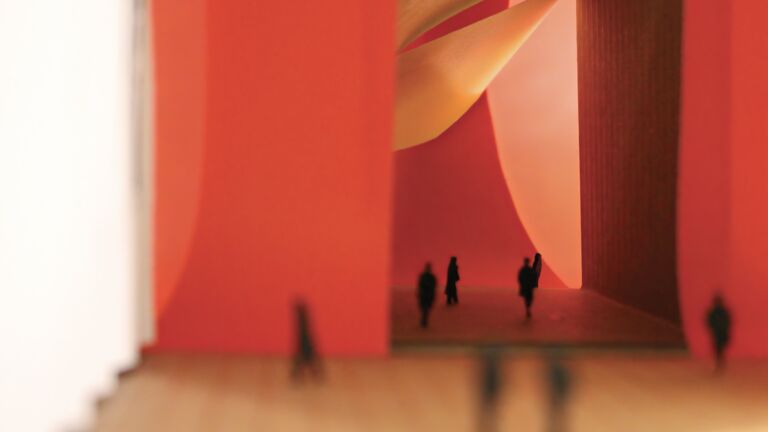
Undergraduate Overview
Architecture, Interior Architecture, & Designed Objects Undergraduate Overview
The Department of Architecture, Interior Architecture, and Designed Objects (AIADO) is a place where students can explore design and experiment across boundaries.
The Bachelor of Fine Arts in Studio (BFA) is an interdisciplinary curriculum designed to prepare students for life as a 21st century artist and designer. Students are encouraged to take courses in any medium of field of study relevant to their practice. Small class sizes, a commitment to personal attention, and support for free expression define the undergraduate experience.
AIADO offers pathways through the BFA that combine sequenced, project-based design studios with electives that build skills and expand knowledge in design. As a BFA student, pathways offer you a guide to the prerequisites for advanced studios in the BFA, preparation for further graduate study, and support developing your own design portfolio.
AIADO offers combined coursework with departments including Fashion Design, Fiber and Material Studies, Sculpture, and Ceramics, allowing students to build strong connections to other areas of the School. BFA students are encouraged to apply to the department’s External Partnership courses with collaborators in industry and culture. Students participate in the Academic Spine, including the Sophomore Seminar, Junior Professional Practice Seminar, and Capstone experience in their final year. BFA students work in the School’s workshops, libraries, and museum collection, making the most of the resources of the School and the city.
-
With courses on architectural design, representation skills, and architectural history and theory, the Architecture Pathway focuses on architecture and its impacts on public life while allowing students to experiment in areas such as technology and building performance, urbanism and social practice, and the visualization and communication of information.
The Architecture Pathway is an excellent preparation for graduate study in Architecture.
-
The Interior Architecture Pathway focuses on the experimental design of interior spaces at various scales. Students work across disciplinary boundaries in developing design ideas that are future oriented and addresses the role and impact of interior spaces in the 21st century. The Interior Architecture courses equip students with a progressively broad range of knowledge and skills to become spatial innovators in an exciting field that bridges architecture, object, and service design. The pathway is also an excellent preparation for graduate study.
Students who complete the Interior Architecture Pathway meet criteria for the NCIDQ examination given by the Council for Interior Design Qualification. For the most up-to-date criteria, go to the CIDQ website.
BFA in Fine Arts Studio Interior Architecture Pathways [PDF]
-
Borrowing critically from product design, systems design, furniture design, and interaction design, the Designed Objects Pathway focuses on the critical and creative rethinking of the systems, tools, furnishings, and products that we use or interact with in our everyday lives.
Investigations into how objects extend human potential and inspire imagination are balanced with studies in the responsible and imaginative use of new technologies, materials, and production processes. A concern for sustainability provides an opportunity to explore alternative visions of how we live, work, communicate, and play.
-
The Bachelor of Fine Arts (BFA) degree provides you a broad education that balances thinking and making, academic rigor, and experimental play. The BFA curriculum integrates academic and studio education—the classroom and the studio inform and enhance each other.
Studio 69 - CP 1010 Core Studio Practice I (3)
- CP 1011 Core Studio Practice II (3)
- CP 1020 Research Studio I (3)
- CP 1022 Research Studio II (3)
- SOPHSEM 2900 (3)
- PROFPRAC 3900 (3)
- CAPSTONE 4900 (3)
- Studio Electives (48)
Art History 15 - ARTHI 1001 World Cultures/Civilizations: Pre-History—19th Century Art and Architecture (3)
- Art History Elective at 1000 level (3)
- Art History Electives (9)
Liberal Arts 30 - ENGLISH 1001 First Year Seminar I (3)
- ENGLISH 1005 First Year Seminar II (3)
- Natural Science (6)
- Social Science (6)
- Humanities (6)
- Liberal Arts Electives (6)
General Electives 6 - Studio, Art History, Liberal Arts, AAP, or EIS
Total Credit Hours 120 * BFA students must complete at least 6 credit hours in a class designated as "off campus study." These credits can also fulfill any of the requirements listed above and be from any of the divisions (Art History, Studio, Liberal Arts, or General Electives).
BFA With Distinction—SAIC Scholars Program: The SAIC Scholars program is a learning community of BFA students pursuing rigorous study in both their academic coursework and their studio pathways. There are two opportunities for interested students to apply to the SAIC Scholars Program: at the time of admission to the school, and after they have completed 30 credits of study at SAIC. Students pursuing the latter option are required to formally submit an application to the Undergraduate Division. Once admitted to the SAIC Scholars Program, students are required to successfully complete a minimum of six designated scholars courses. Students who complete the program will graduate with distinction.
BFA with Liberal Arts Thesis Program Curriculum: BFA requirements including 9 credits of specific Liberal Arts electives as follows:
- SOCSCI or HUMANITY 3900 Academic Research and Writing (3)
- LIBARTS 4800 Undergraduate Thesis: Research/Writing I (3)
- CAPSTONE 4900 Liberal Arts Undergraduate Thesis: Research/Writing II (3)
- Participation in Undergraduate Thesis Symposium in Senior Year
- Completion of thesis, approved by both Thesis II instructor and Chair of Liberal Arts
Total credits required for minimum residency 60 Minimum Studio credit 42
AIADO Course Listing
Designed Objects Course Listing
For the most up-to-date list of courses, please visit PeopleSoft Self-Service.
Student Work
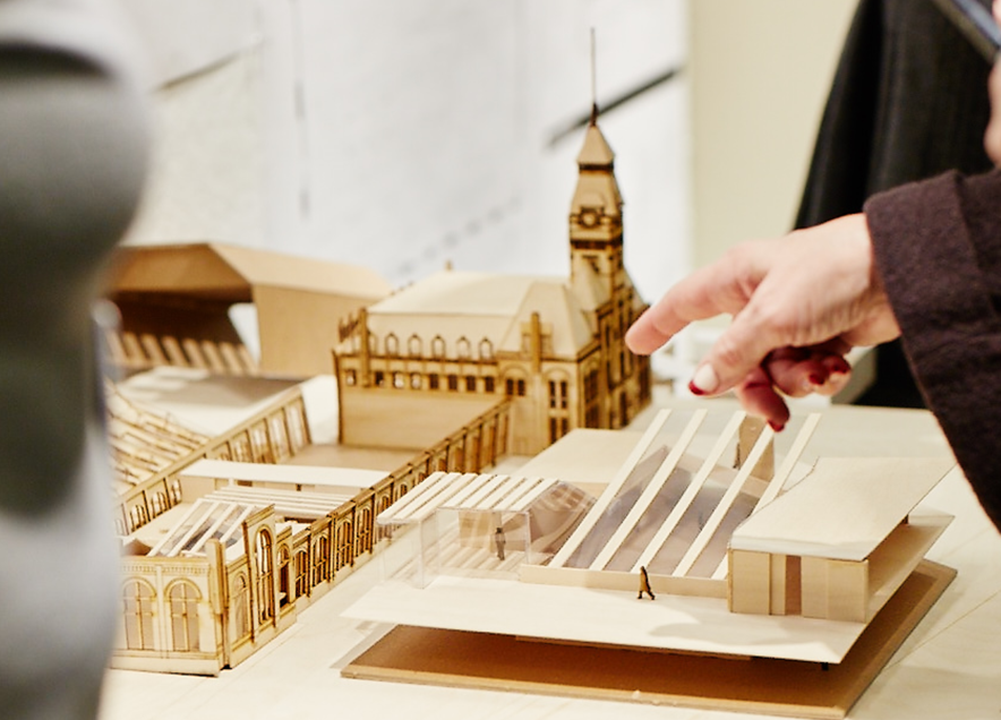
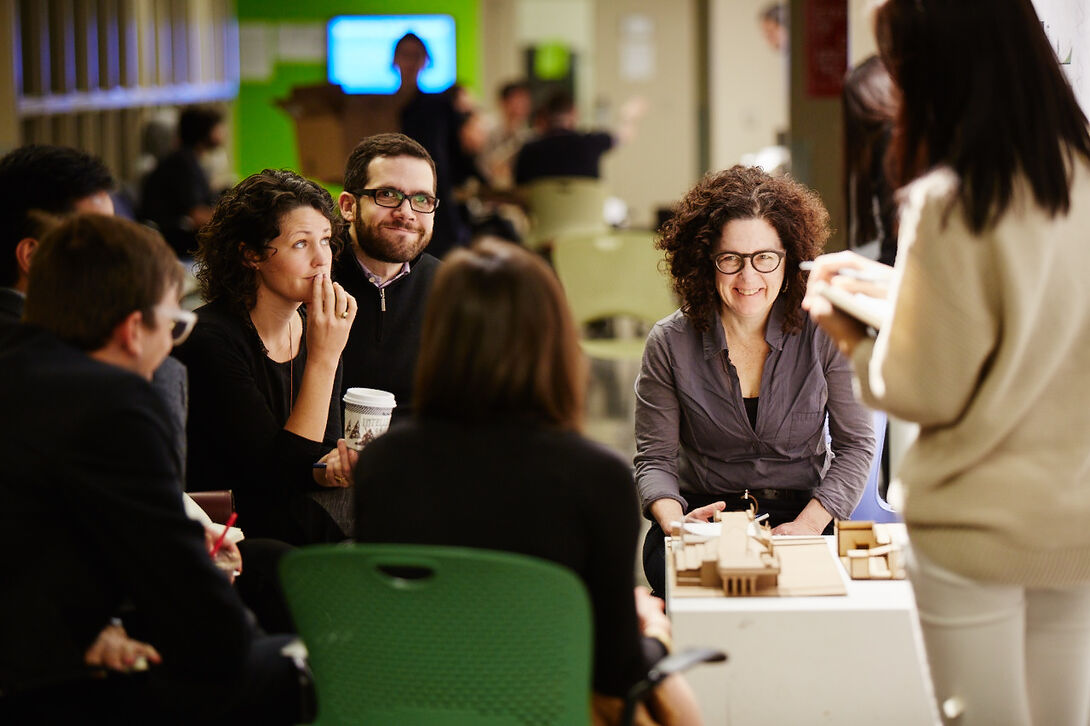
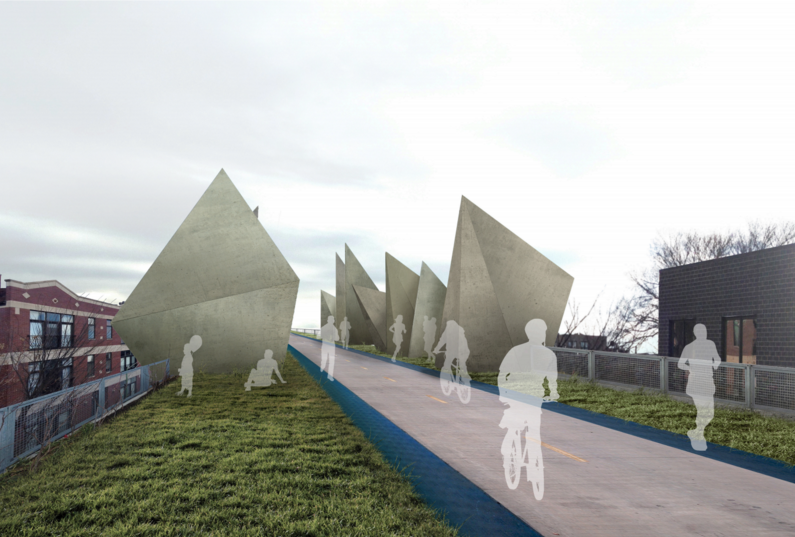
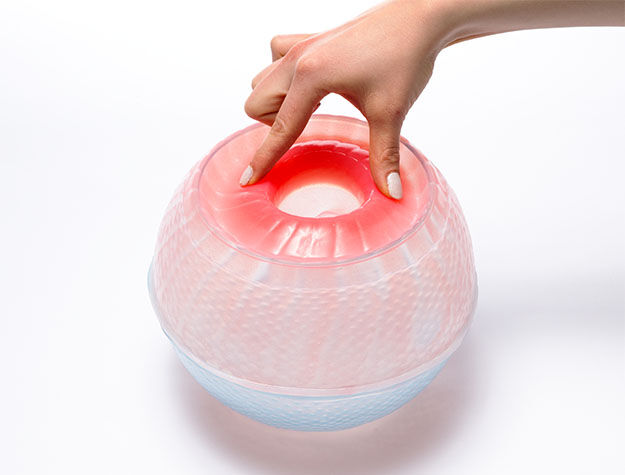
Upcoming Admissions Events
Undergraduate Admissions Events
Meet with us, learn more about SAIC and our curriculum, and get feedback on your work. LEARN MORE.